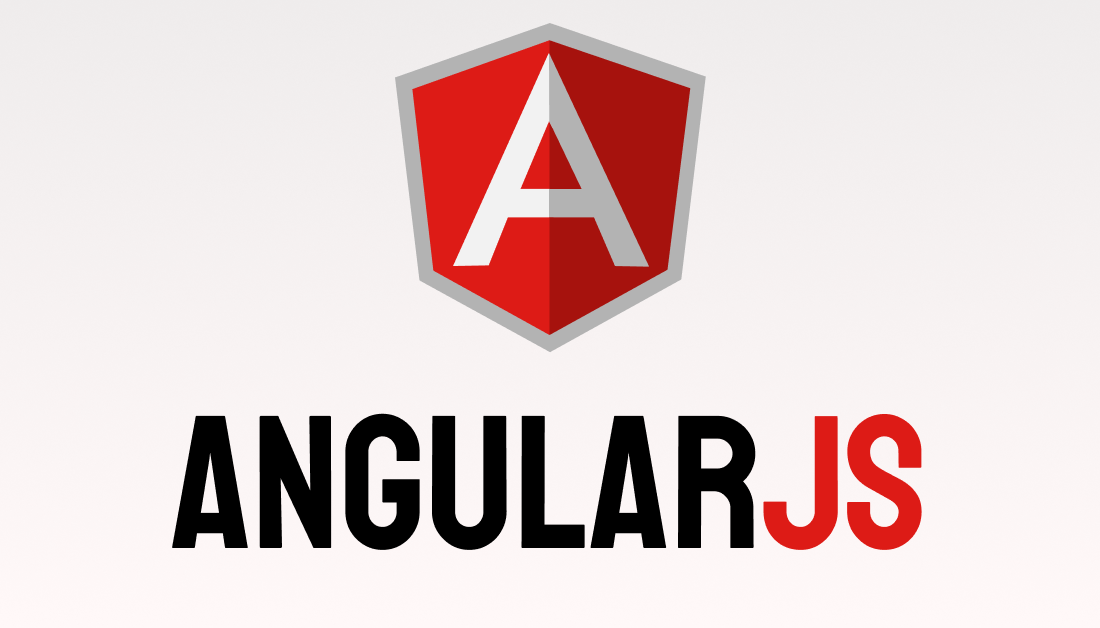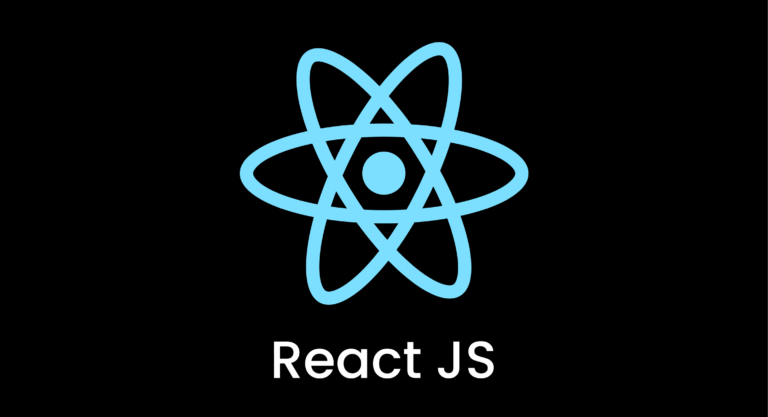In recent years, Angular has emerged as one of the most popular web development frameworks, with a growing number of developers and businesses adopting it for building web applications.
With its comprehensive features, scalability, and flexibility, it offers developers a powerful and efficient way of building complex and dynamic web applications.
In this blog post, we will explore why Angular is the future of web development, discussing its reason for use, ecosystem, pros and cons, and tips to learn Angular.
Why Use Angular as front-end Technology?
Here are some reasons why developers choose to use Angular:
Angular’s popularity and market demand:
Angular has gained immense popularity in recent years due to its extensive set of features, robustness, and flexibility. Many businesses are adopting this for building web applications because of its scalability and easy maintenance.
Angular’s scalability and flexibility:
Angular is a highly scalable and flexible framework that can be used to build a wide range of web applications. It provides developers with a modular architecture that allows them to build large-scale applications with ease. This also comes with a powerful set of features that enable developers to build responsive and dynamic applications.
Angular’s powerful features and tools:
Angular provides developers with comprehensive features and tools that enable them to build complex and dynamic web applications. Some of these features include two-way data binding, dependency injection, and directives. It also comes with a powerful CLI that allows developers to create, test, and deploy applications quickly and efficiently.
Angular’s compatibility with other technologies:
Angular is compatible with a wide range of technologies and tools, making it easy for developers to integrate it into their existing tech stack. It works well with other front-end frameworks, such as React and Vue.js, as well as with back-end frameworks, like Node.js and Laravel.
Angular’s community support and resources:
Angular has a large and active community of developers who contribute to its development and provide support to others. The Angular community provides developers access to a vast array of resources, including documentation, tutorials, and code examples.
Examples of successful projects using Angular
Many businesses and organizations have successfully built and deployed web applications using Angular. Some notable examples include:
- Google’s AdWords
- Forbes
- Microsoft’s Office Online
Ecosystem of Angular
The Angular ecosystem consists of a variety of tools, libraries, and resources that help developers build robust applications. Some components of the Angular ecosystem include:
- Angular CLI: A command-line interface tool that provides developers with a set of commands for generating and managing Angular projects.
- RxJS: A library that provides a reactive programming model for Angular applications.
- Material Design: A library of pre-built UI components that follow Google’s Material Design guidelines, making it easy to create consistent and visually appealing interfaces.
- NgRx: A library that provides state management for Angular applications using Redux principles.
- Angular Universal: A server-side rendering solution that enables Angular applications to run on the server, providing improved performance and SEO.
- AngularFire: A library that provides integration with Google Firebase, a cloud-based backend platform that offers services like authentication, storage, and real-time databases.
- Jasmine and Karma: Testing frameworks that help developers write and run unit and integration tests for their Angular applications.
Overall, the Angular ecosystem provides developers with a comprehensive set of tools and resources for building high-quality, scalable, and efficient applications.
Pros and cons of using Angular
Here are some pros and cons of using Angular:
Pros:
- Large and supportive community: Angular has a vast community of developers who are always willing to help and provide resources.
- Powerful features: Angular’s powerful features, like two-way data binding, dependency injection, and directives, make it easy to build complex and dynamic applications.
- Scalability: Angular is designed to be scalable, making it ideal for building large applications that can handle high traffic and complex functionality.
- Cross-platform compatibility: Angular applications can run on multiple platforms and devices, making them a versatile choice for developers.
- Good documentation: Angular has excellent documentation, making it easy for developers to learn and use.
- High performance: Angular’s architecture is designed for high performance, making it an efficient choice for building applications that require speed and responsiveness.
- Code reusability: Angular allows developers to reuse code, which saves time and effort when building complex applications.
Cons:
- Steep learning curve: Angular can have a steep learning curve, especially for developers new to front-end development.
- Complex architecture: Angular’s architecture can be complex, and some developers may find it challenging to understand and navigate.
- Large file size: Angular applications can have a large file size, which can affect load times and performance.
- Limited flexibility: Angular’s architecture can be limiting for developers who need more flexibility and customization options.
- Regular updates: Angular undergoes regular updates, which can require developers to update their applications frequently and can result in breaking changes.
Angular is a powerful framework that offers many benefits for building complex and scalable applications. However, it may not be the best choice for all developers or projects, and it’s essential to carefully consider the pros and cons before deciding whether to use Angular.
How to learn Angular?

Here are some steps to help you learn Angular:
- Get familiar with the basics: Before diving into Angular, it’s important to have a strong foundation in HTML, CSS, and JavaScript. You’ll also need to learn TypeScript, as Angular is built with it.
- Read the official documentation: The official Angular documentation is a comprehensive resource that covers everything you need to know about Angular. Start with the Getting Started guide and work your way through the documentation.
- Complete online tutorials: Many online tutorials can help you learn Angular, including video courses, blogs, and interactive coding challenges. Some popular options include Angular’s own tutorial, Angular University, and Udemy courses.
- Practice building applications: One of the best ways to learn Angular is by building applications. Start with simple applications and gradually work your way up to more complex projects.
- Join online communities: Joining online communities like the Angular community on Reddit, Angular’s official Slack channel, and Stack Overflow can help you get answers to your questions and connect with other developers.
- Attend workshops and conferences: Attending workshops and conferences can provide you with opportunities to learn from experienced developers and get hands-on experience with Angular.
Remember that learning Angular takes time and practice, so don’t get discouraged if you encounter challenges along the way. Keep at it, and you’ll soon be on your way to becoming an Angular expert.
Conclusion:
Angular is a powerful and flexible web application framework that provides businesses with a comprehensive set of tools for building complex and dynamic web applications. Its scalability, flexibility, and powerful features make it an ideal choice for businesses of all sizes. By investing in Angular, businesses can build web applications that are easy to maintain, extend, and test while reducing development costs and increasing productivity. Let’s get connected to Angular experts!





